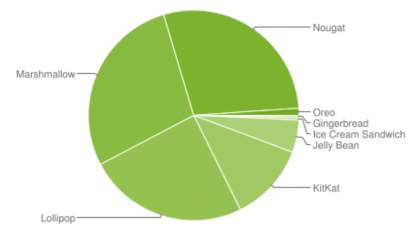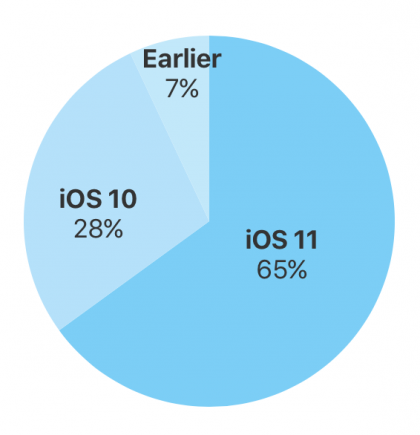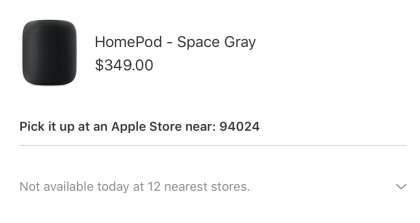Apple Watch shipments beat expectations, topping 18 million in 2017, up by more than 54% on 2016. The Series 3 was the key growth driver, as total shipments of the latest version of Apple’s Watch were just under 9 million, making up nearly half of all shipments in 2017. Apple’s Q4 performance was impressive in itself, as shipments grew by more than 32% over Q4 2016 to 8 million, the highest ever number of shipments in a single quarter, not just for Apple, but for any wearable vendor.
I recognize that these are vastly different products, but Apple’s success with Apple Watch after much skepticism from the market reminds me strongly of the imminent rollout of HomePod.
The early watchOS experience is quite different from what we’ve got today. Complications (the hot spots on the watch face that update with things like notifications, current weather, etc.) and Activities integration are but two major changes that rolled out over time and significantly changed Apple Watch’s usefulness.
What’s critical to me is that those changes rolled out as free software updates. And they work on the original hardware. I have on my wrist a Series 0 Apple Watch (the very first publicly available model) and it works with the latest rev of watchOS. It can be a bit slow at times, but other than that, it works perfectly.
The point is, Apple Watch at birth was almost nothing like what we have today. And I believe the same thing will be true for HomePod. Yes, there are limitations on what we can get from Siri today, limitations on what and how we connect to HomePod. But I believe a year or two will bring a sea change of improvements and functionality. And I believe those changes will continue to work on the existing hardware.



